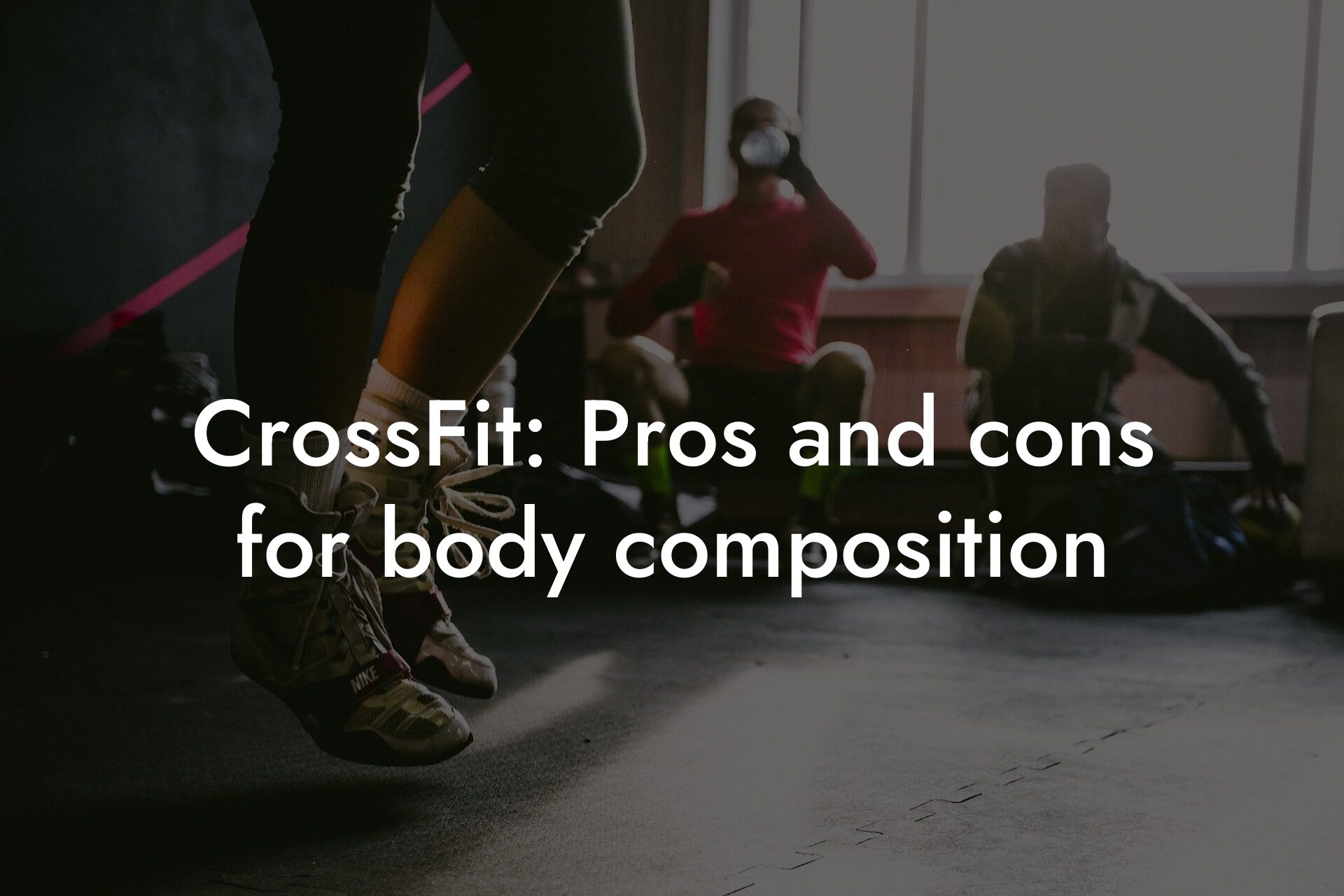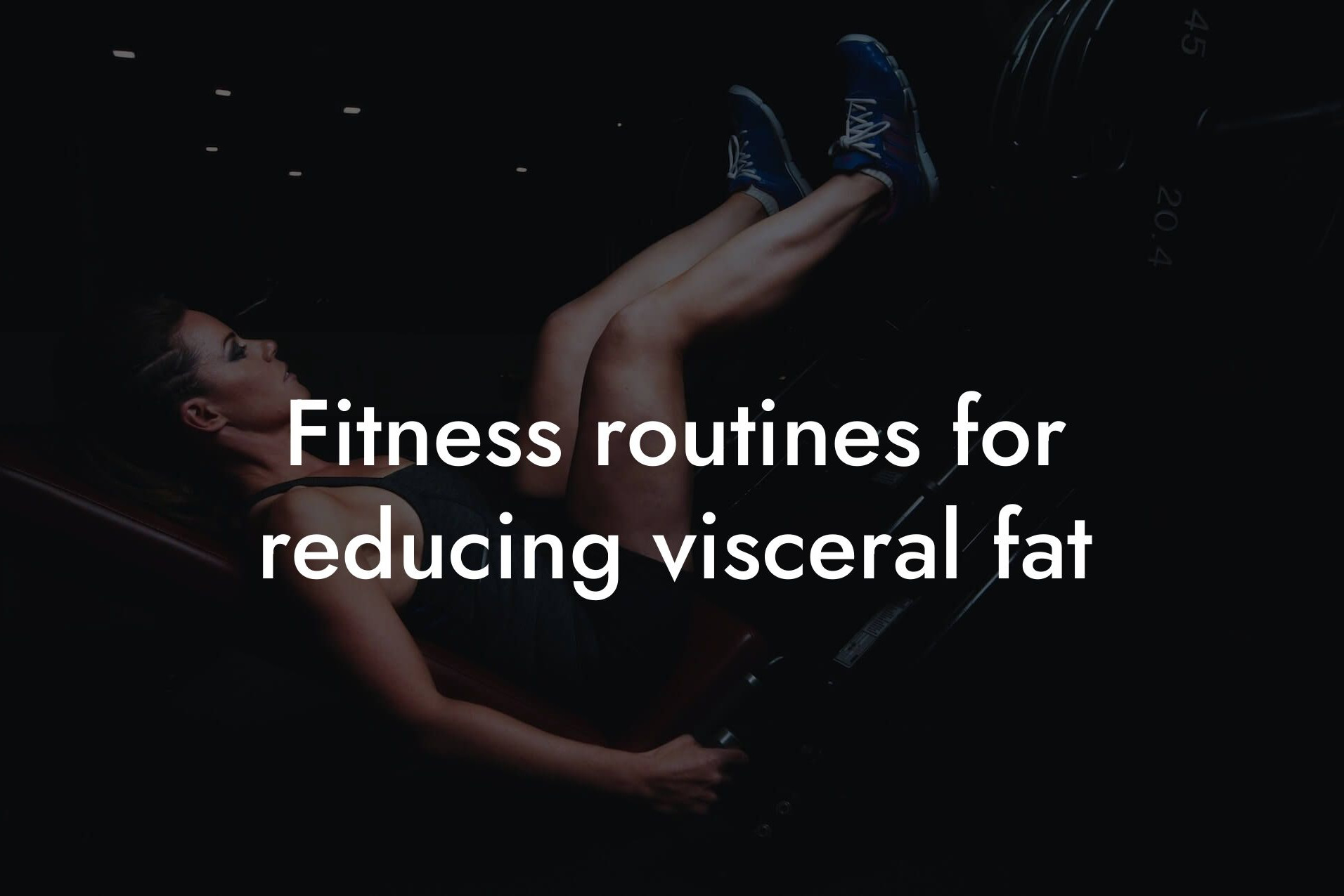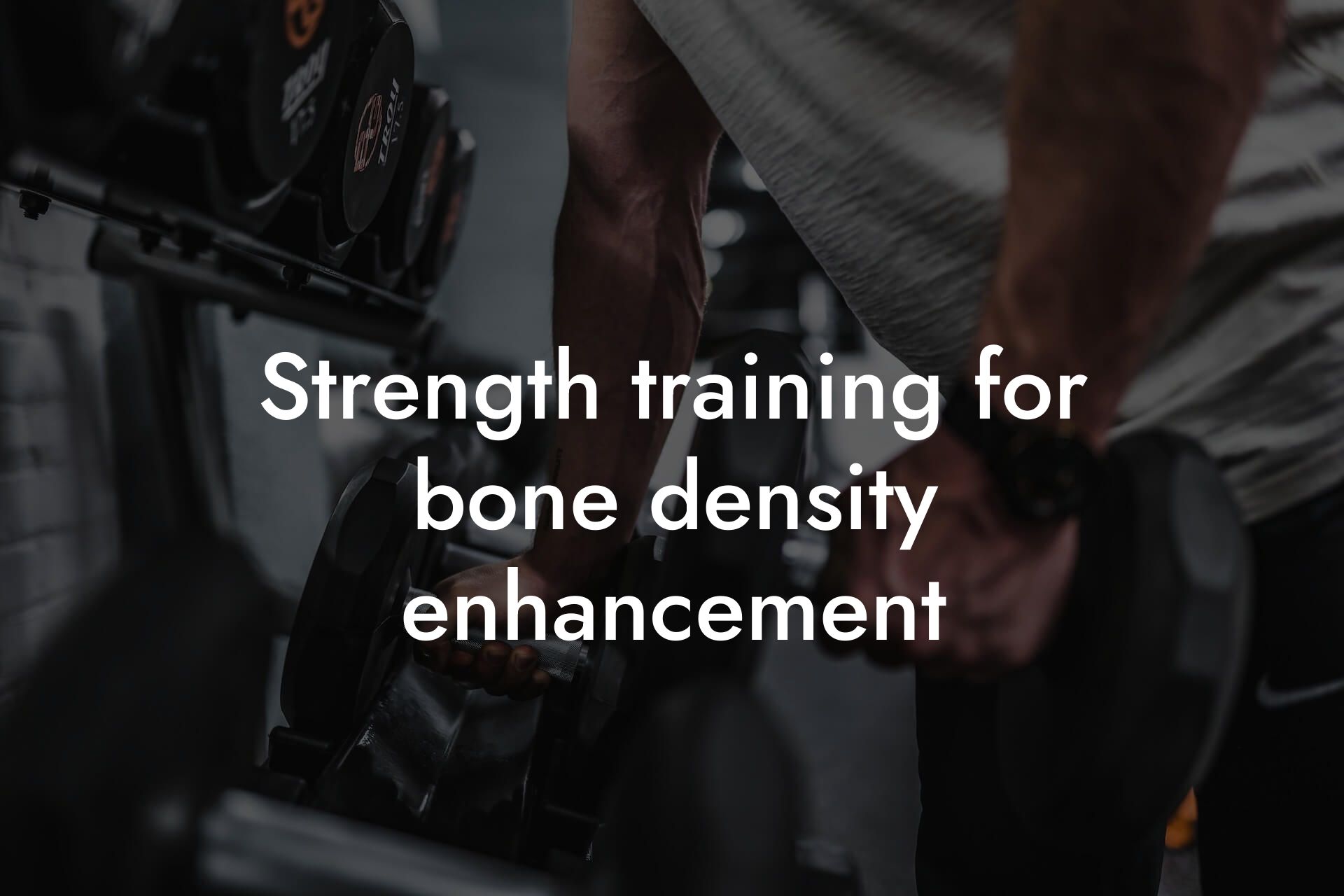As high-earning professionals, you understand the importance of maintaining a strong and healthy physique. A strong core is essential for good posture, balance, and overall athletic performance. At Tano Performance Group, we use advanced DEXA machine technology to provide our clients with a comprehensive body assessment, helping them achieve their fitness goals. In this article, we'll dive into the best exercises for building a strong core, and provide you with the knowledge you need to take your physique to the next level.
Table of Contents
What is the Core?
The core refers to the muscles in your torso, including your abs, obliques, and lower back. These muscles work together to provide stability, support, and movement for your entire body. A strong core is essential for everyday activities, such as carrying groceries or playing with your kids, as well as for athletic pursuits like running, cycling, or swimming.
Why is a Strong Core Important?
A strong core provides numerous benefits, including:
• Improved posture and balance
• Enhanced athletic performance
• Reduced risk of injury
• Better digestion and reduced back pain
• Increased overall strength and stability
Exercises for a Strong Core
Here are some of the most effective exercises for building a strong core:
Plank
The plank is a foundational exercise for building core strength. To perform a plank:
• Start in a push-up position with your hands shoulder-width apart
• Engage your core muscles by drawing your belly button towards your spine
• Hold for 30-60 seconds, rest for 30 seconds, and repeat for 3-5 sets
Russian twists target the obliques, which are the muscles on the sides of your abdomen. To perform a Russian twist:
• Sit on the floor with your knees bent and feet flat
• Lean back slightly and lift your feet off the ground
• Hold a weight or medicine ball and twist your torso from side to side, touching the weight to the ground beside you
• Repeat for 3 sets of 12-15 reps
Leg Raises
Leg raises target the lower abs and can be modified to suit your fitness level. To perform a leg raise:
• Lie on your back with your arms extended overhead and legs straight
• Lift your legs off the ground and hold for a count of 1-2
• Lower your legs back down to the starting position and repeat for 3 sets of 12-15 reps
Bicycle Crunches
Bicycle crunches target the entire core, including the abs and obliques. To perform a bicycle crunch:
• Lie on your back with your hands behind your head and legs lifted and bent at a 90-degree angle
• Alternate bringing your knees towards your chest, as if pedaling a bicycle
• Repeat for 3 sets of 12-15 reps
Paloff Press
The Paloff press targets the rotational strength of your core. To perform a Paloff press:
• Hold a cable or resistance band handle with both hands
• Stand with your feet shoulder-width apart and press the handle away from your body
• Rotate your torso to one side, keeping your arms straight, and then return to the starting position
• Repeat on the other side and repeat for 3 sets of 12-15 reps
Superman
The Superman exercise targets the lower back and glutes. To perform a Superman:
• Lie on your stomach with your arms extended in front of you and legs straight
• Lift your arms and legs off the ground, holding for a count of 1-2
• Lower your arms and legs back down to the starting position and repeat for 3 sets of 12-15 reps
Core Workout Routine
To build a strong core, aim to do 2-3 core workouts per week, with at least one day of rest in between. Here's a sample workout routine:
• Monday: Plank, Russian twists, leg raises (3 sets of 12-15 reps each)
• Wednesday: Bicycle crunches, Paloff press, Superman (3 sets of 12-15 reps each)
• Friday: Plank, Russian twists, leg raises (3 sets of 12-15 reps each)
Tips for Building a Strong Core
Remember to:
• Start slow and gradually increase the intensity and difficulty of your workouts
• Engage your core muscles during exercises by drawing your belly button towards your spine
• Focus on proper form and technique to avoid injury
• Incorporate a variety of exercises to target all areas of your core
• Make core exercises a priority and aim to do them 2-3 times per week
By incorporating these exercises and tips into your workout routine, you'll be on your way to building a strong and stable core. Remember to always prioritize proper form and technique, and don't be afraid to mix things up and try new exercises. At Tano Performance Group, we're committed to helping you achieve your fitness goals and take your physique to the next level. Contact us today to learn more about our DEXA machine technology and comprehensive body assessment services.
Frequently Asked Questions
What is the importance of having a strong core?
A strong core is essential for maintaining good posture, balance, and stability. It also helps to improve athletic performance, reduce the risk of injury, and enhance overall physical fitness. A weak core can lead to poor posture, back pain, and decreased mobility, making it difficult to perform daily tasks and exercises.
What are the benefits of a strong core for high-earning professionals?
As a high-earning professional, having a strong core can help you maintain a healthy work-life balance, improve your productivity, and reduce stress. A strong core can also boost your confidence, enhance your physical appearance, and increase your energy levels, allowing you to tackle challenging tasks and projects with ease.
What are the key muscles that make up the core?
The core muscles include the transverse abdominis, obliques, erector spinae, and pelvic floor muscles. These muscles work together to provide stability, support, and movement for the entire body.
How do I know if I have a weak core?
If you experience back pain, poor posture, or difficulty with balance and stability, you may have a weak core. Other signs of a weak core include difficulty performing exercises that require core engagement, such as planks or crunches, or feeling fatigued during daily activities.
What are some common mistakes people make when exercising their core?
Common mistakes include using poor form, relying too heavily on momentum, and not engaging the core muscles properly. It's also important to avoid overexerting yourself, as this can lead to injury or burnout.
How often should I exercise my core?
Aim to exercise your core 2-3 times per week, allowing for at least 1-2 rest days in between. This will give your muscles time to recover and rebuild, leading to stronger and more efficient core muscles.
What are some effective exercises for building a strong core?
Some of the most effective exercises for building a strong core include planks, crunches, leg raises, Russian twists, and bicycle crunches. It's also important to incorporate exercises that target the obliques, such as side plank and woodchoppers.
How long should I hold a plank for?
Aim to hold a plank for at least 30-60 seconds, rest for 30-60 seconds, and repeat for 3-5 sets. As you build endurance, you can increase the duration and intensity of your plank holds.
What is the best way to engage my core during exercise?
To engage your core during exercise, focus on drawing your belly button towards your spine, squeezing your pelvic floor muscles, and maintaining a neutral spine. This will help you maintain proper form and target the correct muscles.
Can I exercise my core if I have back pain?
If you have back pain, it's essential to consult with a healthcare professional or fitness expert to determine the best exercises for your specific condition. Gentle exercises such as pelvic tilts, bridging, and gentle core strengthening exercises can help alleviate back pain and improve core strength.
How do I incorporate core exercises into my busy schedule?
Try incorporating core exercises into your daily routine, such as doing a quick 10-minute core workout during your lunch break or before bed. You can also break up your workout into shorter sessions throughout the day, focusing on 2-3 exercises per session.
What are some common myths about core exercises?
Common myths include the idea that crunches are the only effective core exercise, that you need to do hundreds of crunches to see results, or that core exercises are only for athletes. In reality, a well-rounded core workout should include a variety of exercises that target different muscle groups.
Can I exercise my core during pregnancy?
Yes, exercising your core during pregnancy can help alleviate back pain, improve posture, and prepare your body for childbirth. However, it's essential to consult with a healthcare professional or fitness expert to determine the best exercises for your specific stage of pregnancy.
How do I know if I'm doing a plank correctly?
To ensure you're doing a plank correctly, focus on maintaining a straight line from head to heels, engaging your core muscles, and avoiding letting your hips sag or your back arch. You can also practice planks in front of a mirror or with a fitness expert to ensure proper form.
What are some modifications I can make to core exercises if I'm a beginner?
If you're a beginner, try modifying core exercises by reducing the intensity, using lighter weights, or shortening the duration of the exercise. You can also try bodyweight exercises or use resistance bands to make exercises more accessible.
Can I exercise my core if I have a desk job?
Yes, exercising your core can help alleviate the negative effects of a desk job, such as poor posture and back pain. Try incorporating core exercises into your daily routine, such as taking breaks to do desk stretches or quick core exercises.
How do I incorporate core exercises into my workout routine?
Try incorporating core exercises into your workout routine 2-3 times per week, focusing on 2-3 exercises per session. You can also incorporate core exercises into your warm-up or cool-down routine, or add them to your strength training or cardio workouts.
What are some common injuries associated with core exercises?
Common injuries associated with core exercises include back strain, herniated discs, and muscle strains. To avoid injury, it's essential to focus on proper form, listen to your body, and start slowly.
How do I know if I'm making progress with my core exercises?
To track your progress, focus on increases in strength, endurance, and flexibility. You can also take progress photos, measurements, or track your workout routines to see how far you've come.
Can I exercise my core at home?
Yes, you can exercise your core at home using bodyweight exercises, resistance bands, or light weights. You can also try following along with online workout videos or fitness apps that target the core muscles.
What are some additional resources I can use to learn more about core exercises?
Additional resources include fitness apps, online workout videos, fitness books, and consulting with a fitness expert or healthcare professional. You can also try following fitness bloggers or influencers who specialize in core exercises.
How do I stay motivated to continue exercising my core?
To stay motivated, try setting realistic goals, tracking your progress, and finding a workout buddy or accountability partner. You can also try rewarding yourself for reaching milestones or celebrating small victories along the way.
Here are some related articles you might love...
- CrossFit: Pros and cons for body composition
- Fitness routines for reducing visceral fat
- Strength training for bone density enhancement
- How to design a workout plan based on DEXA scan results
- Strengthening exercises for bone fracture prevention
- Functional fitness for professionals
- Pilates for flexibility and core strength
- Benefits of resistance bands for muscle toning
- Balancing strength training with cardiovascular health
Zak Faulkner
Zak Faulkner is a leading authority in the realm of physical health and body composition analysis, with over 15 years of experience helping professionals optimise their fitness and well-being. As one the experts behind Tano Performance Group, Zak has dedicated his career to providing in-depth, science-backed insights that empower clients to elevate their physical performance and overall health.
With extensive knowledge of DEXA technology, Zak specializes in delivering comprehensive body assessments that offer precise data on body fat, muscle mass, bone density, and overall physique. His expertise enables individuals to make informed decisions and achieve their fitness goals with accuracy and confidence. Zak’s approach is rooted in a deep understanding of human physiology, combined with a passion for helping clients unlock their full potential through personalised strategies.
Over the years, Zak has earned a reputation for his commitment to excellence, precision, and client-focused service. His guidance is trusted by top professionals who demand the best when it comes to their health. Whether advising on fitness programs, nutritional strategies, or long-term wellness plans, Zak Faulkner’s insights are a valuable resource for anyone serious about taking their health and fitness to the next level.
At Tano Performance Group, Zak continues to lead our Content Team revolutionising how professionals approach their physical health, offering unparalleled expertise that drives real results.




